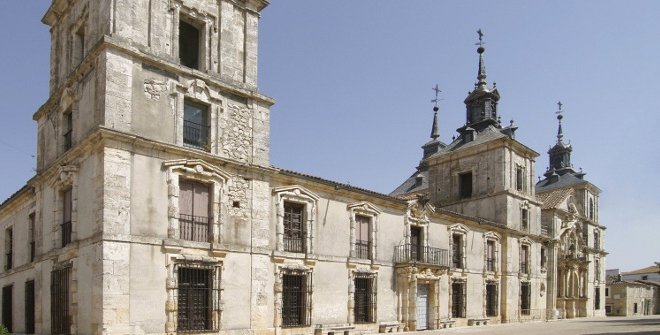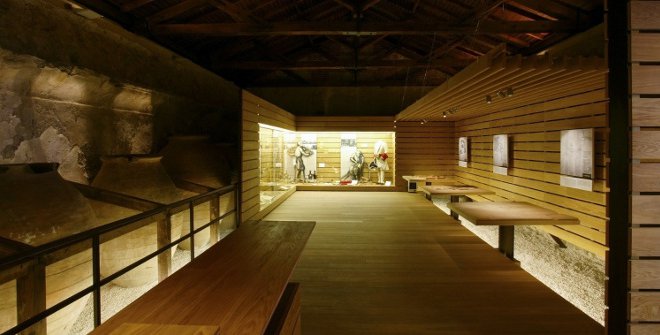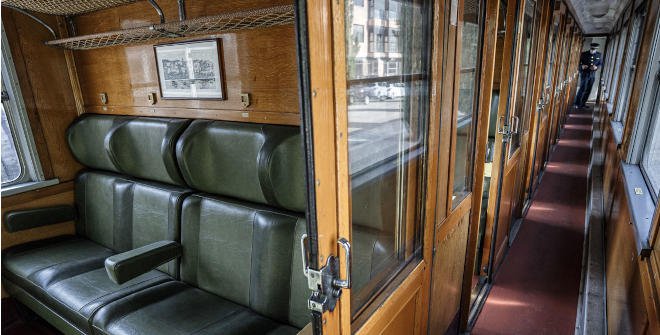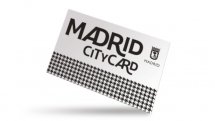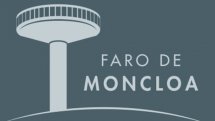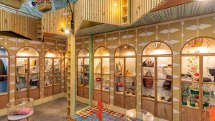Nuevo Baztán
The town of Nuevo Baztán is located on the eastern part of the Region of Madrid, and it was founded in the beginning of the 18th century by Juan of Goyeneche (Arizcun, Valle de Baztán, Navarre, 1656 - Nuevo Baztán, 1735) as a dwelling for the workers of a glass factory. The name of the town "Nuevo Baztán" (New Baztán) is related with the city of Baztán, in Navarra, where Juan of Goyeneche was born.
The town was built between 1709 and 1713 from zero as an industrial center wishing to put to practice the economical theories of colbertism (a 17th century economic and political doctrine that was started in France and spread to other European countries) in a real company. All of it can be seen in the rectangular and perpendicular layout of the streets, quite different from most other Spanish towns.
The town - declared a Artistic-Historic Monument in 1941, a Site of Cultural Interest at the beginning of 2000 and included in the network of the Most Beautiful Villages in Spain - was extended around a beautiful Baroque palace, designed by the most acclaimed architect at that time, José de Churriguera (1665-1725). His fame was such that he even gives name to that special kind of elaborately decorated Spanish Baroque: “Churrigueresco”, even though in the case of this palace the style is more austere. It is a great place to visit: the beautiful rectangular courtyard surrounded by an arched portico and staircases is a true masterpiece.
The palace’s old wine cellar now houses the Tourist Office and an Interpretation Center that has an elaborate exhibition using models, historical artifacts, reproductions and audiovisual material to teach us about Goyeneche, the region and the industries (cloth for uniforms, fine glass, paper, comfits, soap and many more) that were introduced in Nuevo Baztán in the 18th century.
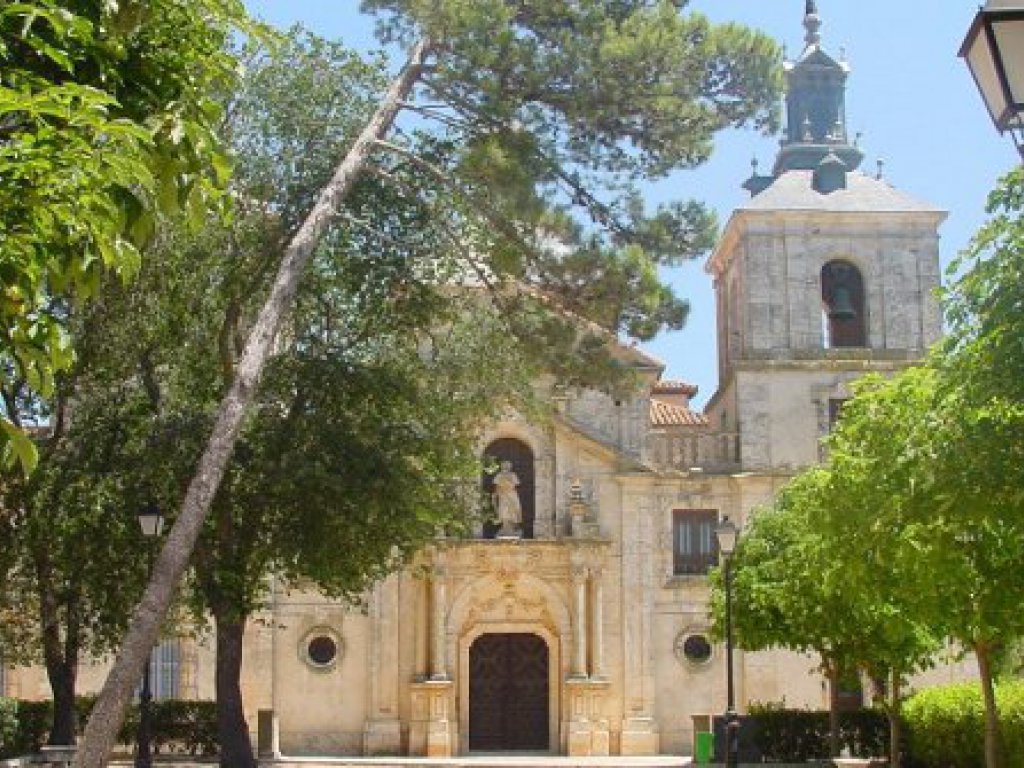
Here you can find out all about the importance Juan de Goyeneche’s industrial project had for the production of textiles, paper, glass, soap, wine and so on.
Right next to it, as a part of the same architectural complex, is the Church of San Francisco Javier. The altar of this church, made with red marble, is also work of Churriguera reflecting his typical Baroque style.
The surroundings of this complex can turn into a lovely walk among different squares and stone houses where the workers of those glass and textile factories lived and worked and that stayed frozen in time after their economical crash.
Apart from the sights, Nuevo Baztán offers a great sample of Castillian cuisine with lamb as the star dish, perfectly combined with local cheeses and vegetables. For desserts we can try some of the local sweets like repápalos, a sweet made with wine and cinnamon and puches, a type of porridge traditionally eaten on the night of All Saints.
Some good places to sample the typical cuisine of the region are the Taberna de la Olmeda, in front of Goyeneche Palace and whose speciality is roasted meat, El Conde restaurant, which is specialised in roast lamb and Bar Restaurante Aries for tapas and portions.
Nature lovers can enjoy Alcarria remembering its most famous traveler, the Nobel Prize Winner for Literature, Camilo José Cela. A good option to discover this landscape of holm-oaks and gall-oaks is the Valmores Path, which follows part of the course of the Vega Stream, as well as the Galiana Path, between La Rioja and Ciudad Real. Don’t forget the unique trees in Nuevo Baztán where there are two protected species included in this catalogue: the Centenary Elm Tree in Nuevo Baztán and the Aleppo Pine Garden at the Goyeneche Palace.
How to get there:
- Public transportation: Argabus line L-261 from Avenida de América.
- By car from Madrid, taking the A-3 highway to the Arganda del Rey-Campo Real-Pozuelo del Rey-Nuevo Baztán exit.
Interesting links:
- Nuevo Baztán town hall tourism link
- Villas de Madrid
DON’T MISS
Discover Spanish wines, among the best in the world , and the emerging wines from Madrid, which are increasingly elaborated and recognised.
Savoury dishes and sweets, tapas and local wines. What and where to eat in Madrid.
